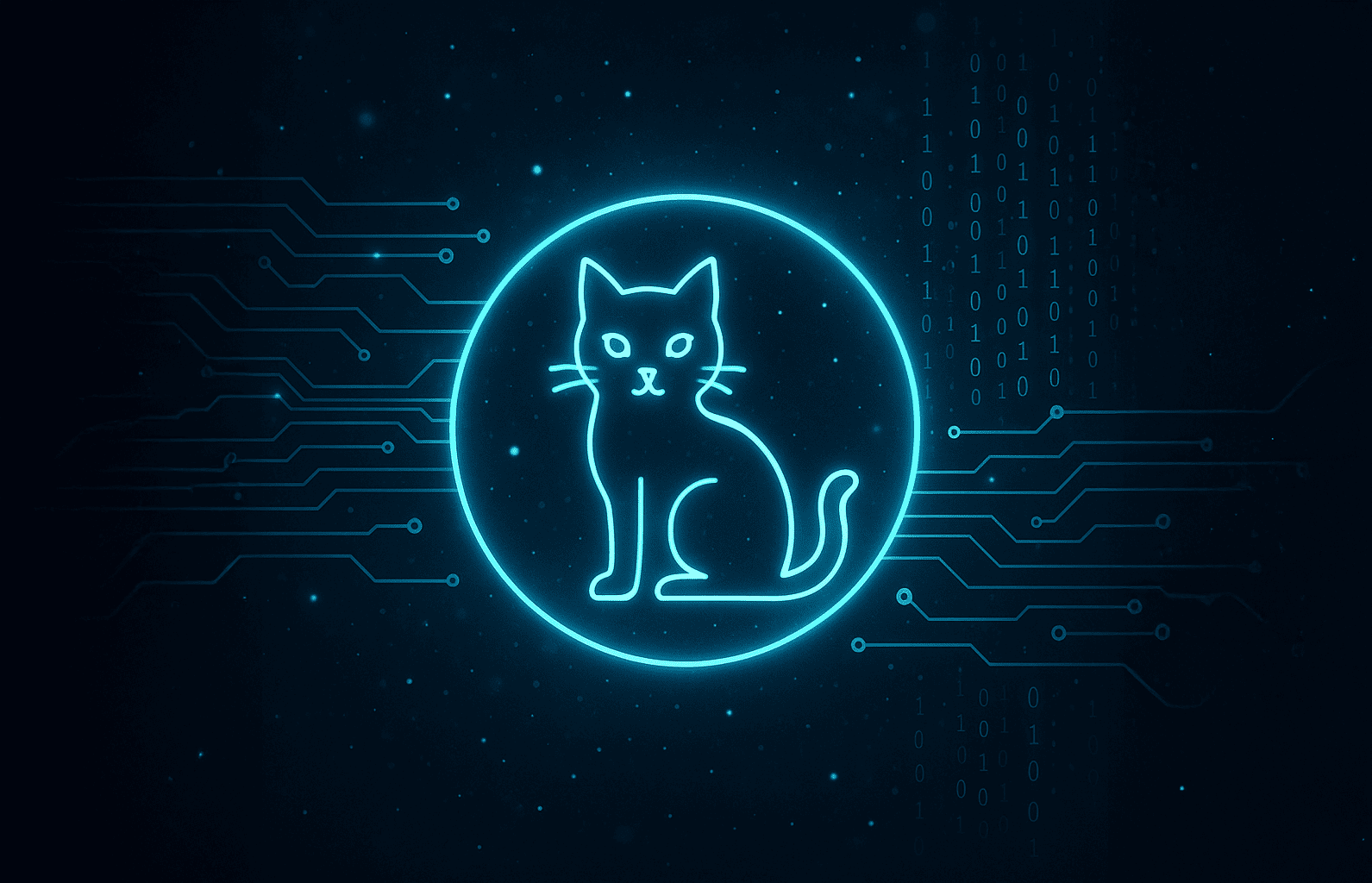When photons meet: a step toward the quantum computer published in Nature Communications


These interactions are essential for exploring new states of light and creating more complex quantum optical systems. In the context of quantum computing, they could enable the design of more sophisticated photonic logic gates capable of performing calculations that are currently impossible with conventional computers.
The challenge faced by the researchers was twofold:
We observed a previously unknown pattern: to introduce a second photon, then a third and a fourth, sometimes the frequency had to increase, sometimes it had to decrease, and the amplitudes were much greater than in conventional systems. This proves that the interactions between photons were much stronger than those obtained so far!
Zaki Leghtas, researcher at Mines Paris – PSL
Although this breakthrough is a “digression” from their initial goal—the design of a protected qubit—it provides a solid foundation for further research on superconducting circuits and next-generation quantum computers.


Controlling errors in quantum computers is one of the key steps towards the development of truly high-performance and reliable machines. With this in ...